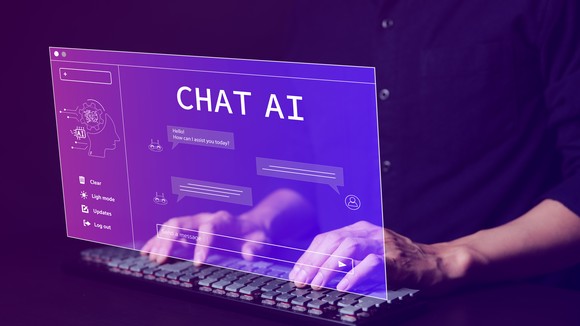The Rise of AI in Cryptocurrencies: Unveiling the Top Performers

The Top Artificial Intelligence Cryptocurrencies
Thanks to recent advances in artificial intelligence, new AI crypto tokens could soar in value. But which ones? Ever since the launch of ChatGPT back in November 2022, the race has been on to find cryptocurrencies that can leverage the full power of artificial intelligence. Some of these have already soared in value over the past year, and the current thinking is that at least a handful of AI crypto tokens could eventually post 10 times, 100 times, or even 1,000 times gains.
Render
At the top of the list is Render (CRYPTO: RNDR), which already has a $3.6 billion valuation, making it one of just a handful of AI crypto tokens that have surpassed $1 billion in market cap. Year to date, Render is up nearly 100%, and much of that gain has been driven by excitement around its core business model.
Fetch.ai
Fetch.ai (CRYPTO: FET) is up a head-spinning 240% year to date, giving it a nearly $2 billion market cap. Fetch.ai takes a different approach to AI, calling itself 'an open platform for the new AI economy.' What that means in layperson's terms is that Fetch.ai is the place you go if you need to buy or sell data sets, or if you need to hire an AI agent (basically, a super-smart AI chatbot) to complete a highly specialized online task. It's essentially a giant marketplace for everything AI-related.
SingularityNET
Finally, there's SingularityNET (CRYPTO: AGIX), which is up 182% year to date and currently has a $1.2 billion market cap. Similar to Fetch.ai, SingularityNET has the goal of monetizing AI products and services. But SingularityNET is less focused on generative AI and more focused on artificial general intelligence (AGI). And, as a result, SingularityNET hopes to become 'the knowledge layer of the internet.'
That's why I think SingularityNET is the type of crypto token that has 1,000 times upside potential in the long run. This is the crypto token to own if you fully buy into the concept of the technological singularity. The only problem is that it could take several years to see this upside potential develop.
This article was prepared using information from open sources in accordance with the principles of Ethical Policy. The editorial team is not responsible for absolute accuracy, as it relies on data from the sources referenced.